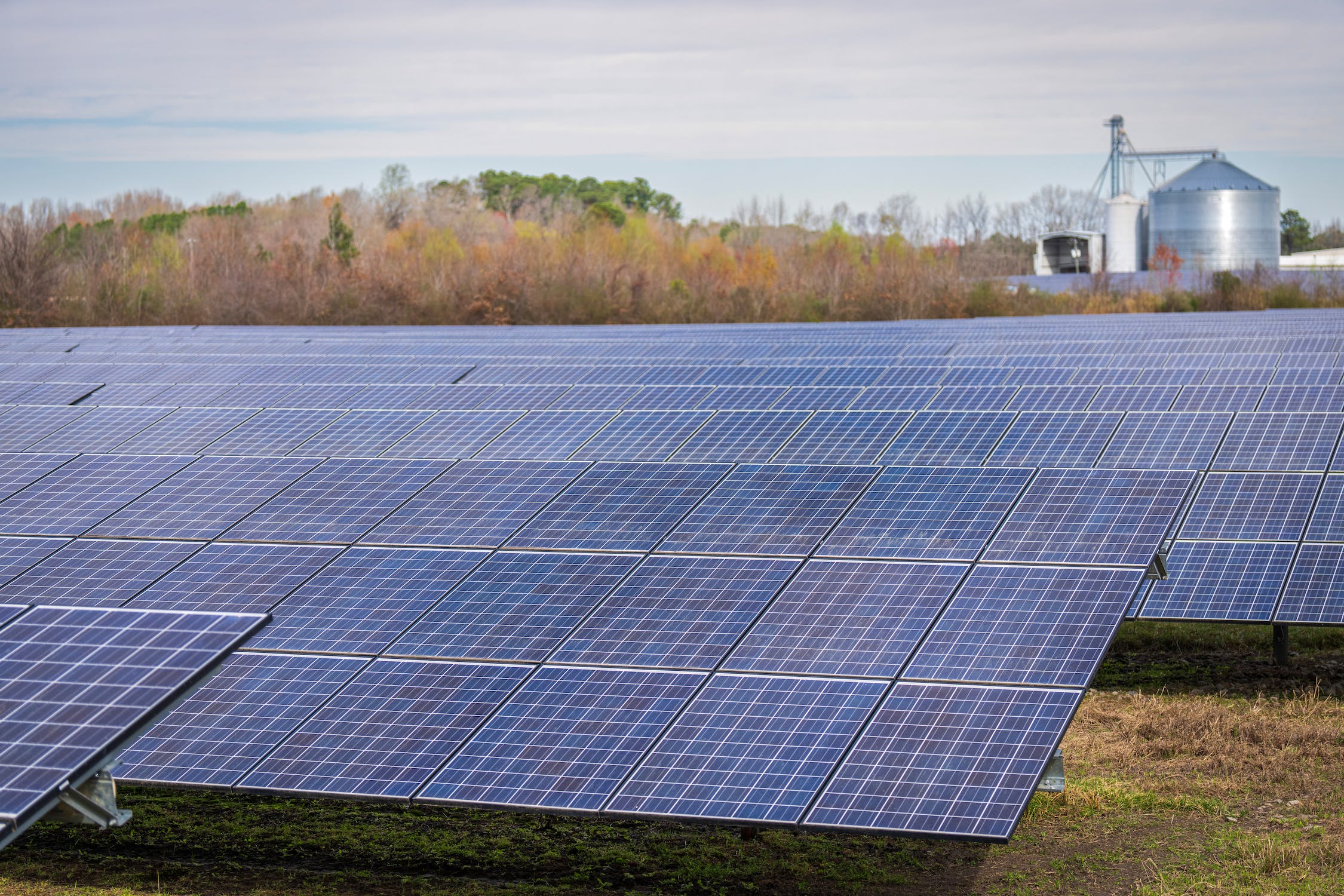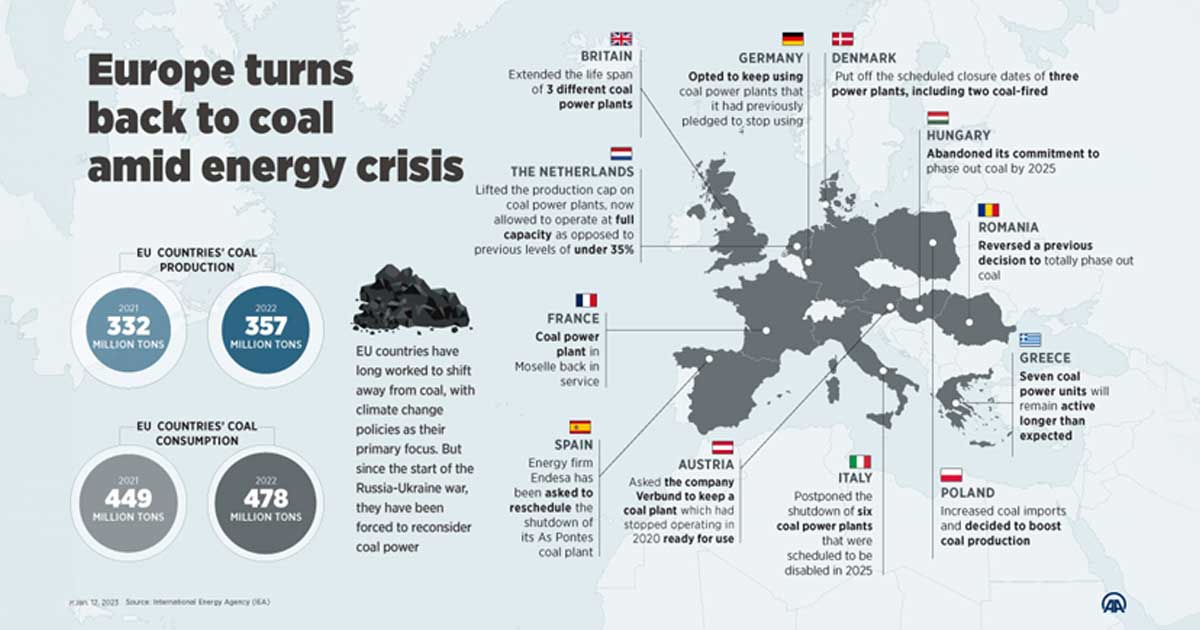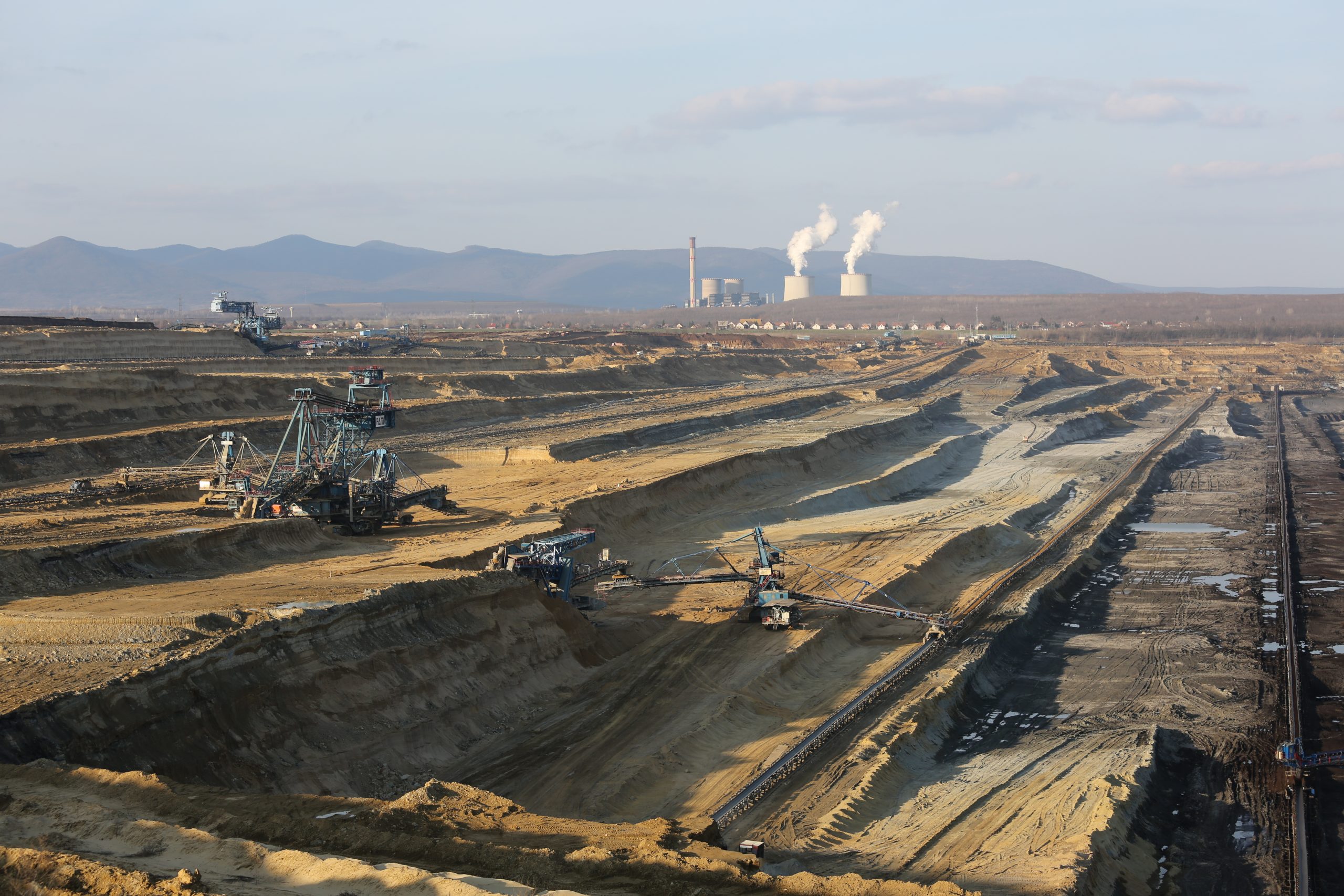
The number of household-sized solar panels has already exceeded 250,000.Continue reading

“How will global carbon emissions be reduced while coal use in power plants continues to increase?” is the question that the Climate Policy Institute has introduced in its latest analysis. The use of coal for energy and industry has long been at the center of the climate and energy transition debate, as it is still the most important source of energy globally. In the EU, most Member States already have plans to phase out coal and lignite-fired power plants. However, despite climate and clean energy transition targets, the current energy crisis has forced many countries to increase coal-based power generation, based on the International Energy Agency (IEA) Coal 2022 analysis.
The question is: can we expect a change in the short or longer term, and closely related to this, is there any other reason for the increase in coal use for energy other than the energy crisis?
Global coal demand has increased due to the energy crisis, sanctions, wars, and economic slowdown. The Russia-Ukraine war and the sanctions, and banning Member States from importing Russian coal, have made coal markets unstable, disrupted traditional supply chains, and caused wholesale prices to quadruple. Despite the economic downturn, demand grew by 1.2%, reaching an all-time high, exceeding 8 billion tons per year for the first time.
The price of fossil fuels also increased significantly in 2022, with natural gas rising the most.
This initiated a wave of divestment from gas, which in practice was mainly reflected in the restarting of coal-fired power plants in reserve or the extension of the operating life of those scheduled for decommissioning.
This increased the demand for coal, which of course led to a price increase.
The EU has been left vulnerable by its dependence on Russian pipeline gas supplies, while lower hydro and nuclear output due to weather conditions and technical problems at French nuclear plants have put further pressure on the European electricity system. In response, many EU Member States have increased coal-based generation, but have also accelerated the integration of renewables, and where possible, reduced maintenance times and extended the operating lives of nuclear power plants.

Photo via klimapolitikaiintezet.hu
The IEA predicted that the EU would reach the coal consumption plateau in 2024. In comparison, we see that not only Germany, the UK, the Netherlands, Spain, Greece, Romania, Denmark, Poland, Hungary, and Italy are now postponing the closure of their coal and lignite-fired power plants, but also France, which announced the temporary restart of the coal-fired units of the Émile-Huchet power plant, generating both electricity and heat in a combined cycle.
In Hungary, the closure of the lignite-fired units of the Mátra power plant, originally scheduled for 2025, has been postponed to 2027,
when the new gas-fired unit will come on-stream, in order to avoid an increase in electricity imports.

One of the pits of the coal mine at the Mátra power plant. Photo via Wikipedia
The heat market is another segment of the energy sector where solar and wind power have a limited role to play.
We are used to almost no frost, less heating, hassle-free transport, and everything always available in the shops. Despite all the forecasts to the contrary, it is colder, freezing, and snowing in most of Europe. Furthermore, the flooding situation is escalating in Western European countries, like Britain, France, and Germany. Meanwhile in Scandinavia, cold temperature records are being broken. Finland, Sweden, and Norway have recorded temperatures of minus 40 degrees, and Denmark has seen a spate of accidents due to snow. However, the cold has also arrived in Central Europe and Hungary, with temperatures dipping below minus 10 degrees Celsius at dawn – minus 23 degrees in the Bükk Mountains in the first half of January.
In this situation, it seems that the EU cannot do without coal-fired power plants, many of which are combined heat and power plants, the latter to meet the needs of the heating sector.
Returning to the first question of how will there be carbon reductions if coal use increases, the answer can be summarized as finding alternatives to coal in critical segments. It is necessary to find cost-effective ways to replace coal with renewables or to be able to use coal and lignite in a climate-friendly way (clean coal technologies, methanol economy, carbon capture, storage, and recycling) to make decarbonization not only an alternative for rich countries, but a truly global option.
Via klimapolitikaiintezet.hu; Featured image via Wikipedia